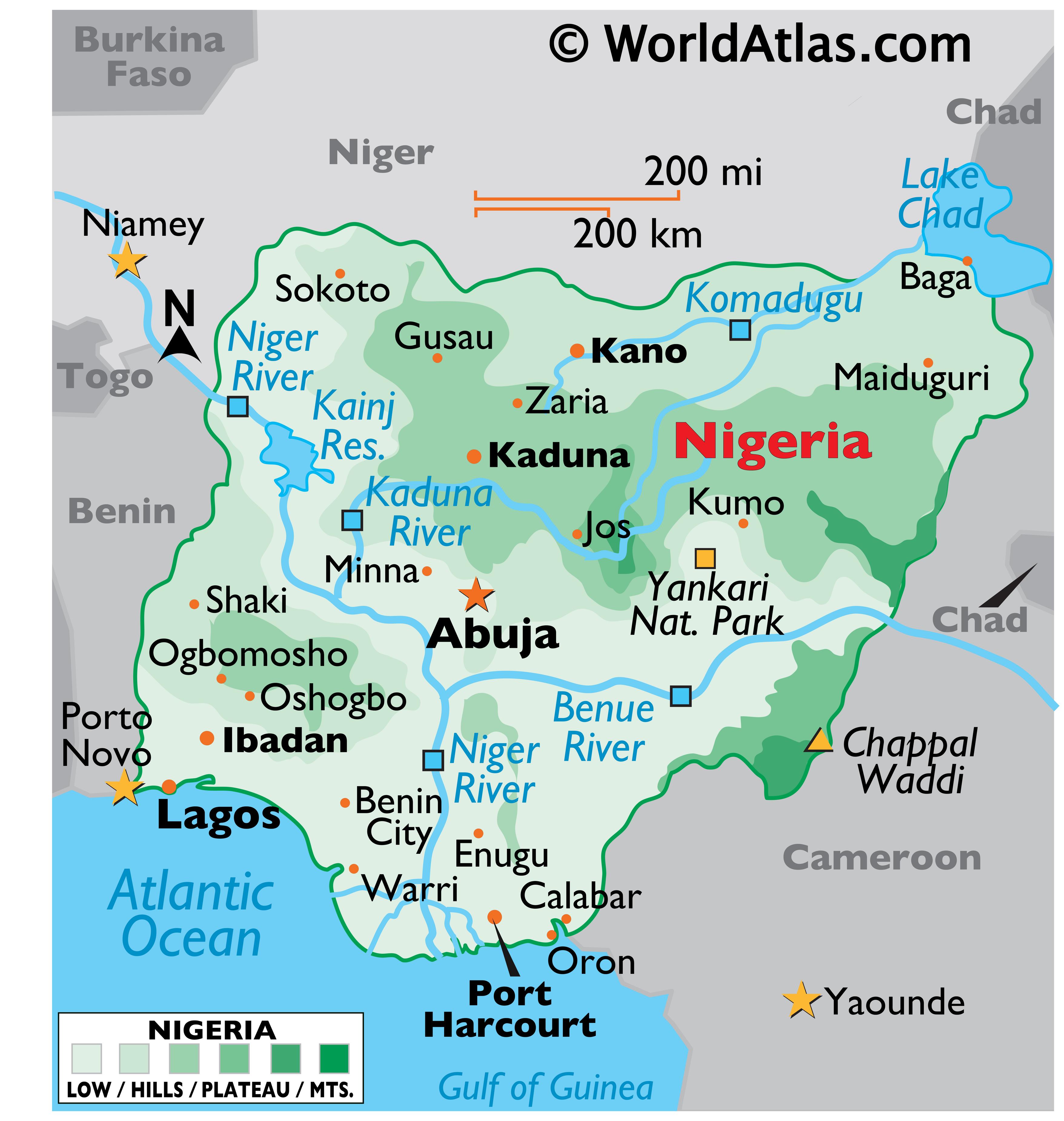Middle East 1960s
Decided to restart my Timeline and move the POD to 1960s
Middle East 1960s
The formation of Ba’athist lead United Arab Federation would divided the Pan-Arab movement into Nasserist and Ba’athist factions. The union of Syria and Iraq formed in 1964 following the defeat of Syrian Nasserist coup in July of 1963 and the deaths of Iraqi Nasserists such as [1] Abdul Salam Arif during the rule of Abd al-Karim Qasim. Found as a unitary one-party state controlled by the Ba’ath party. The country would contain a legislative branch with 250 members with a 1/3 being Syrian and 2/3 being Iraqi and a powerful but not absolute executive branch with Ahmed Hassan al-Bakr as Prime minster and Amin al-Hafiz as president. The new state would take a middle ground to the cold war playing the Soviet Union and the United States off each other until it’s humiliating defeat in the 6-day war would see the new state firmly join the Soviet camp.
The secession of Syria from the United Arab Republic and formation of the United Arab Federation as a rival would heavily harm Nasser’s prestige as leader of the Pan-Arab movement. The secession of Syria in 1962 would promote Nasser to get involved in North Yemeni civil war in support of the new Arab nationalist government. The UAR would be bogged down in North Yemen until it’s and the UAF war with Israel in June 1967 would promote a withdraw from North Yemen. The war would see the loss of the Sinai Peninsula and Gaza strip for the UAR and the loss of Golem heights for the UAF. The United Arab Republic would see new life breathed into with the successful 1969 Sudanese coup. Attempts at other Arab Nationalist coups in Libya and Saudi Arabia would fail. Sudan would join the United Arab Republic with Gaafar Nimeiry becoming Vice President of the Republic in 1969. The south of the country would gain autonomy under the Addis Ababa Agreement in 1972 as it prepared for a rematch with Israel.
1.POD: Abdul Salam Arif is killed instead of imprisoned so no November 1963 Iraqi coup
Map of Middle East after 6 day war

Middle East 1960s
The formation of Ba’athist lead United Arab Federation would divided the Pan-Arab movement into Nasserist and Ba’athist factions. The union of Syria and Iraq formed in 1964 following the defeat of Syrian Nasserist coup in July of 1963 and the deaths of Iraqi Nasserists such as [1] Abdul Salam Arif during the rule of Abd al-Karim Qasim. Found as a unitary one-party state controlled by the Ba’ath party. The country would contain a legislative branch with 250 members with a 1/3 being Syrian and 2/3 being Iraqi and a powerful but not absolute executive branch with Ahmed Hassan al-Bakr as Prime minster and Amin al-Hafiz as president. The new state would take a middle ground to the cold war playing the Soviet Union and the United States off each other until it’s humiliating defeat in the 6-day war would see the new state firmly join the Soviet camp.
The secession of Syria from the United Arab Republic and formation of the United Arab Federation as a rival would heavily harm Nasser’s prestige as leader of the Pan-Arab movement. The secession of Syria in 1962 would promote Nasser to get involved in North Yemeni civil war in support of the new Arab nationalist government. The UAR would be bogged down in North Yemen until it’s and the UAF war with Israel in June 1967 would promote a withdraw from North Yemen. The war would see the loss of the Sinai Peninsula and Gaza strip for the UAR and the loss of Golem heights for the UAF. The United Arab Republic would see new life breathed into with the successful 1969 Sudanese coup. Attempts at other Arab Nationalist coups in Libya and Saudi Arabia would fail. Sudan would join the United Arab Republic with Gaafar Nimeiry becoming Vice President of the Republic in 1969. The south of the country would gain autonomy under the Addis Ababa Agreement in 1972 as it prepared for a rematch with Israel.
1.POD: Abdul Salam Arif is killed instead of imprisoned so no November 1963 Iraqi coup
Map of Middle East after 6 day war
